Ather IPO Opens Next Week: Is It a Better Bet Than Ola Electric?
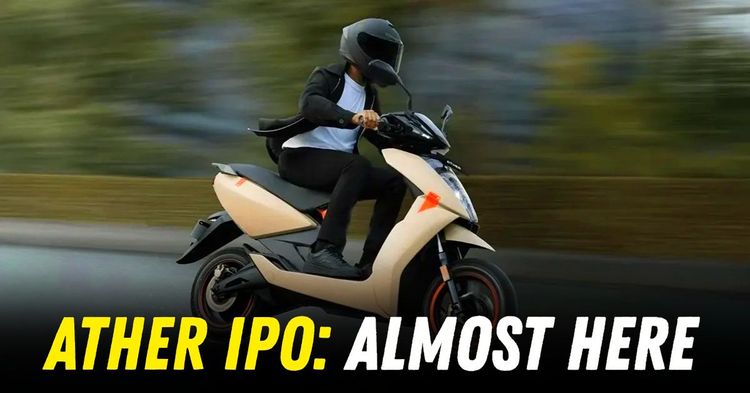

With its ₹2,626 crore initial public offering (IPO) set to open on 28 April, Ather Energy is taking a bold step onto the public stage. But even as investors prepare to evaluate this premium electric two-wheeler maker, comparisons with Ola Electric—India’s current market leader by volume—are inevitable. Both companies are targeting dominance in India’s rapidly growing electric scooter space, yet they’re doing so with vastly different approaches.
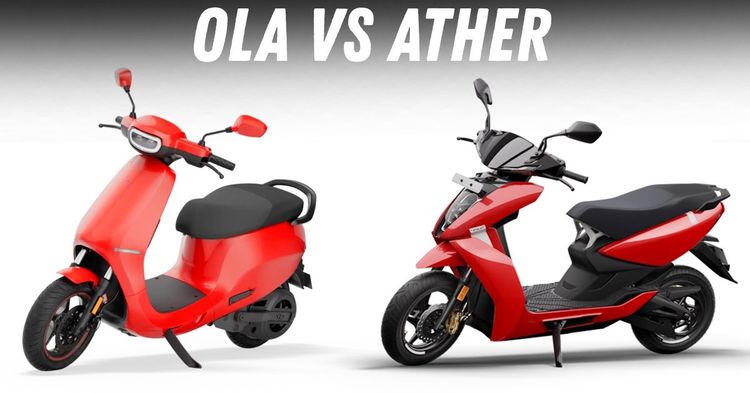
Ather Energy has consciously maintained a lean product portfolio. Its scooters—such as the Ather 450X and the newly launched Rizta—are designed with tech-savvy, urban customers in mind.
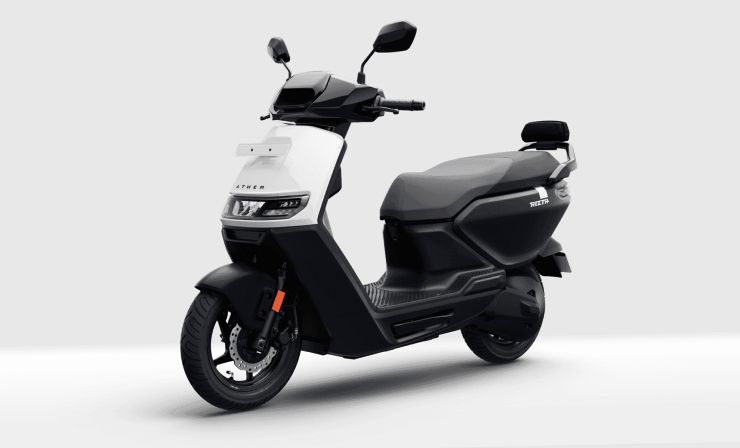
Priced at ₹1.3 lakh and upwards, the Ather range is known for offering features like multi-mode traction control and the brand’s proprietary MagicTwist™ acceleration. The Apex variant tops out at ₹1.99 lakh, firmly positioning Ather in the premium end of the market. Beyond scooters, Ather has announced plans to launch electric motorcycles under its upcoming “Zenith” platform by 2026.
In contrast, Ola Electric has opted for scale and variety. Its line-up includes 14 scooter variants ranging from ₹75,000 to ₹1.5 lakh and a growing list of electric motorcycles. While this broad offering has helped Ola capture the attention of price-sensitive buyers, it has also brought concerns about quality. Industry reviews and user forums have pointed out persistent software bugs and reliability issues, especially in the earlier S1 Pro models.
While Ola chases volume, Ather appears content building a loyal base of premium customers who prioritise reliability over cost. That may not win short-term market share, but it builds long-term brand equity.
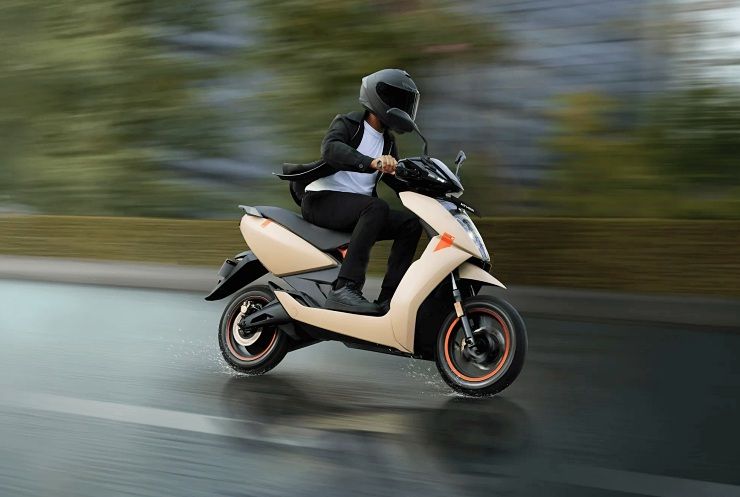
Ather’s numbers reflect steady progress. In the nine months ending December 2024, the company sold just under 1.08 lakh units—marking a healthy 45% increase year-on-year. Although it currently ranks fourth in overall EV scooter sales (behind Ola, Bajaj, and TVS), its average revenue per unit remains strong at around ₹1.5 lakh. This is thanks to a customer base willing to pay more for quality and innovation.
Ola, on the other hand, has led the market in volumes. It sold 3.44 lakh units in FY25. But the headline figures don’t tell the full story. In March 2025, Ola’s registrations dropped to 23,430—falling behind Bajaj and TVS. Questions around the accuracy of its reported sales versus Vahan portal data have also emerged, particularly when February figures showed a wide gap between claimed and actual registrations.
In short, Ather’s growth is measured and perhaps sustainable, Ola’s is rapid but marked by volatility and growing scrutiny.
On the financial front, Ather’s trajectory is encouraging. Revenue for the first nine months of FY25 rose to ₹1,578.9 crore, up from ₹1,230.4 crore a year ago. More notably, its net loss reduced from ₹776.4 crore to ₹577.9 crore—still substantial. The company has also outlined significant investments in research and development (₹750 crore) and in setting up a new manufacturing facility in Maharashtra (₹927 crore), which could help drive future cost efficiencies.
Ola’s financial picture is less reassuring. The company’s revenue declined by 19% year-on-year in Q3 FY25 to ₹1,045 crore, while net losses widened to ₹564 crore. Heavy spending on marketing and deep discounting (₹300 crore in Q3 alone) are eroding margins and raising investor concerns about long-term viability.
Here, Ather emerges as the more fiscally disciplined player, albeit the path towards profitability is yet to be clear.
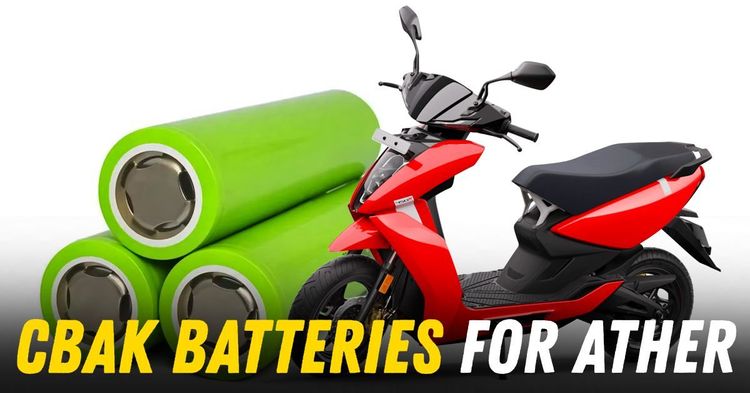
When it comes to brand trust, Ather holds a clear edge. The company has invested heavily in its after-sales support, software updates, and charging network. The Ather Grid now includes over 6,000 charging points nationwide.
Ola, despite rapidly expanding to 4,000 service and distribution points, continues to receive negative feedback on service quality, delays in registrations, and unresolved software issues. While Ola’s pricing may attract first-time EV buyers, repeat customers often look for reliability—and this is where Ather currently scores higher.
Ather’s IPO is priced at a $1.4 billion valuation—markedly lower than the $2 billion it initially targeted. This signals a more pragmatic approach to market realities. The proceeds will fund scaling up production capacity to one million units annually and support R&D for its upcoming motorcycles. Importantly, Hero MotoCorp—Ather’s largest backer—is holding on to its 40% stake, reinforcing market confidence.
Ola, in comparison, debuted with a hefty $4 billion IPO valuation. However, its stock now trades around 22% below the issue price, underscoring investor apprehensions around its profitability roadmap.
In valuation terms, Ather’s down-to-earth pricing and backing from an established player like Hero MotoCorp make it a relatively safer investment.
Neither Ather, nor Ola can be considered safe bet. The two-wheeler EV segment is highly competitive and legacy players like Bajaj and TVS are making rapid strides. They have brand credibility, reliable distribution and service network and most of all, highly profitable cash generating ICE business. So, while there are fewer ups and downs in case of Ather it must eventually break into the mass market to fend off growing competition from legacy players like TVS and Bajaj.